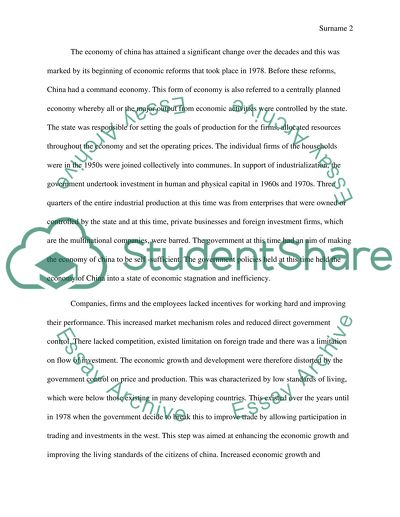Cite this document
(“Economic Development of China Research Paper Example | Topics and Well Written Essays - 2500 words”, n.d.)
Retrieved from https://studentshare.org/social-science/1694622-economic-development-of-china
Retrieved from https://studentshare.org/social-science/1694622-economic-development-of-china
(Economic Development of China Research Paper Example | Topics and Well Written Essays - 2500 Words)
https://studentshare.org/social-science/1694622-economic-development-of-china.
https://studentshare.org/social-science/1694622-economic-development-of-china.
“Economic Development of China Research Paper Example | Topics and Well Written Essays - 2500 Words”, n.d. https://studentshare.org/social-science/1694622-economic-development-of-china.


